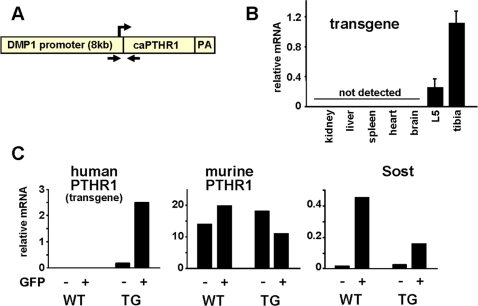Figure 1. Generation of DMP1-caPTHR1 Transgenic Mice.
(A) Schematic representation of the DMP1-caPTHR1 transgene. The transgene contains the cDNA encoding the H223R constitutively active mutant of PTHR1 (caPTHR1) inserted downstream from a 12-kb DNA fragment containing 8 kb of the murine DMP1 5′-flanking region, first exon, first intron, and 17 bp of exon 2; a synthetic polyadenylation site was inserted downstream from the caPTHR1 sequence. Arrows indicate the sites recognized by primers used for genotyping. (B) Quantitative RT-PCR analysis of DMP1-caPTHR1 mRNA from the 5th lumbar vertebrae (L5), tibia, and soft tissues of 10.5-week-old mice, normalized to the housekeeping gene ribosomal protein S2. Bars represent the mean±SD of 4 mice. (C) Expression of the human PTHR1, murine PTHR1, and Sost determined by quantitative RT-PCR in freshly isolated osteoblast-enriched (GFP−) and osteocyte-enriched (GFP+) cell preparations obtained from neonatal mice without (WT) or with (TG) the DMP1-caPTHR1 transgene.

